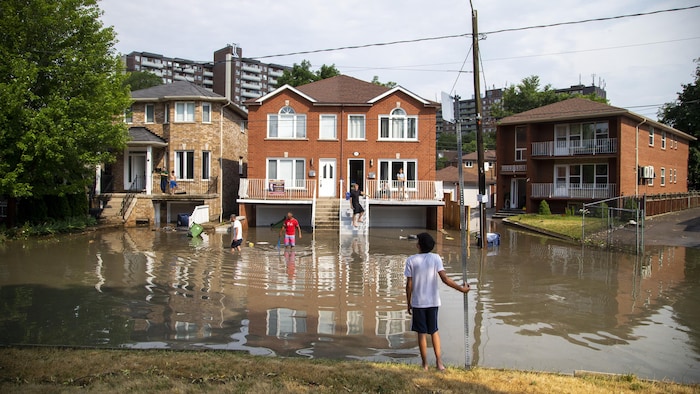
In recent years, Toronto has faced increasingly severe weather events, prompting concerns over the city's infrastructure and its ability to handle such conditions. A recent deluge turned streets into rivers, highlighting the vulnerabilities exacerbated by climate change.
Toronto's infrastructure, designed for a different climate era, struggled to cope with the intense rainfall. The downpour overwhelmed drainage systems, leading to flooded roads reminiscent of Venice rather than Canada's largest city. Locals were astonished as familiar streets disappeared under water, disrupting daily life and posing significant risks to public safety.
Climate scientists emphasize that these events are not anomalies but part of a troubling pattern. The warming climate intensifies precipitation, making such extreme weather more frequent and severe. This reality necessitates urgent updates to urban infrastructure to mitigate future impacts.
City officials are grappling with the challenge of retrofitting aging infrastructure to withstand the demands of a changing climate. Investments in resilient urban planning and infrastructure are crucial to prevent recurring scenes of inundated streets. The need for green infrastructure, such as permeable pavements and enhanced drainage systems, is increasingly recognized as essential for adapting to the new climate realities.
Moreover, these events serve as a wake-up call for policymakers and citizens alike. The costs of inaction are starkly illustrated through disrupted transportation, property damage, and potential health risks. As Toronto navigates these challenges, community engagement and sustainable urban planning will be pivotal in building a resilient and adaptable city.
So, the transformation of Toronto streets into rivers underscores the urgent need for climate adaptation strategies and infrastructure improvements. Addressing these challenges requires collaborative efforts from all stakeholders to ensure a sustainable and safe future for the city.


0 Comments